When seven southern states seceded from the Union over the winter of 1860– 61, they did so mainly as a result of the election of Abraham Lincoln as president. Lincoln was an unlikely winner from an unlikely party in an unlikely year.
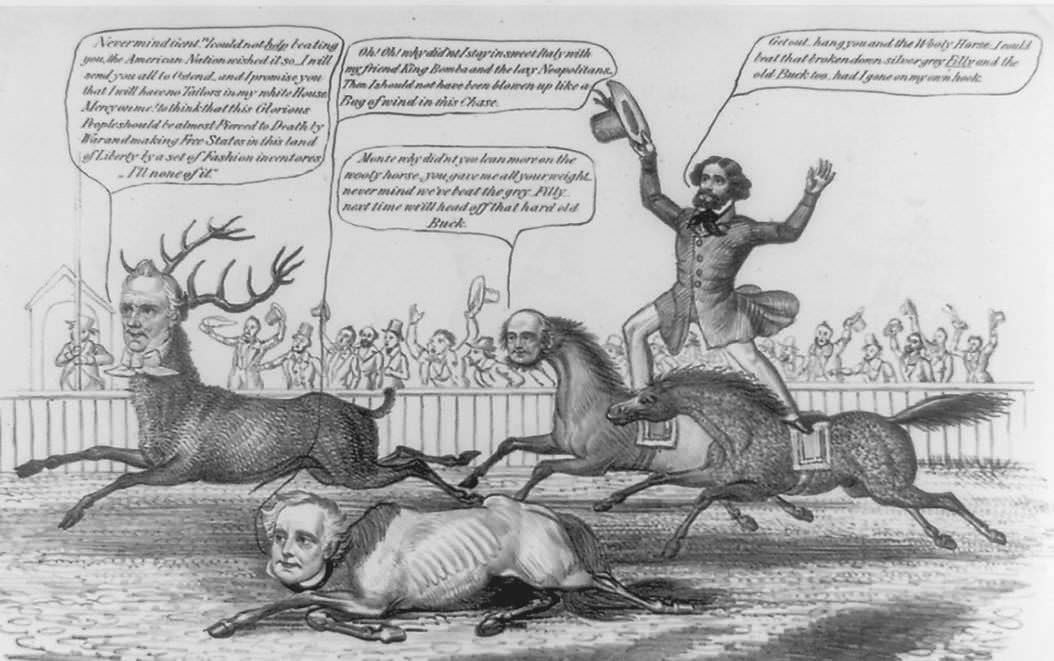
The unlikely party was the Republican party. It had emerged when the Democratic party split and the Whig party collapsed— both over the issue of slavery and its expansion into western territories. The Republicans mostly were antislavery northerners, and they had sought to win the presidency for the first time in 1856. In that year, they chose onetime explorer John C. Fremont as their candidate, and their party platform opposed the spread of slavery into new territories. That same year, another new political party, the American, or Know-Nothing, party, nominated former president Millard Fillmore. Their platform focused on stopping immigration.
The Democrats, meanwhile, were proslavery southerners or northerners who did not care whether or not slavery expanded into new western territory. The Democrats’ nominee in 1856, Pennsylvanian James Buchanan, was a northerner. Since southerners refused to support any antislavery candidate, the election divided along regional lines. Buchanan ran against Fremont in the North and against Fillmore in the South. Buchanan won the 1856 election, but Fremont’s showing gave the Republicans confidence. With the right candidate, they believed they could win in 1860.
Initially the strongest candidate in the unlikely year of 1860 was Senator William H. Seward of New York. But he struck fellow Republicans as too radically antislavery to be elected. Critics accused him and his ally, New York political boss Thurlow Weed, of corruption. Powerful New York Tribune editor Horace Greeley had a personal grudge against Seward, and he used his influence to weaken Seward’s candidacy.
This story is from the November/December 2016 edition of Cobblestone American History Magazine for Kids.
Start your 7-day Magzter GOLD free trial to access thousands of curated premium stories, and 8,500+ magazines and newspapers.
Already a subscriber ? Sign In
This story is from the November/December 2016 edition of Cobblestone American History Magazine for Kids.
Start your 7-day Magzter GOLD free trial to access thousands of curated premium stories, and 8,500+ magazines and newspapers.
Already a subscriber? Sign In
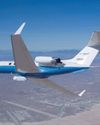
Eye in the Sky
An interview with Joe Piotrowski
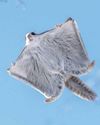
Airborne Animals
Humans have taken to the skies in balloons, gliders, and airplanes-but we're not alone among the clouds. Animals of all sorts have evolved to harness wind power.
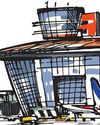
TAKING OFF
The Wright brothers expected airplanes to “take off,” but even they might be amazed at the way the airline industry has become big business. In the past, it was expensive to send something by plane.

GROWTH OF AN INDUSTRY
After their historic flight at Kitty Hawk in 1903, Wilbur and Orville Wright returned to Dayton, Ohio. They spent the next few years making adjustments and building additional versions of their powered aircraft in their bicycle shop.
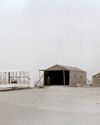
WHY KITTY HAWK?
The Wright brothers searched carefully for the best place to test their gliders and flying machines. Their main concern was for good, steady winds. But they also hoped to find a remote location to allow them to perform tests away from the public eye.
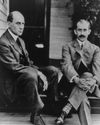
Two Brothers From Ohio
Most people do not realize that the Wright brothers—Wilbur, born in 1867, and Orville, born in 1871—performed various scientific experiments before inventing their aircraft. For as long as anyone in their hometown of Dayton, Ohio, could remember, the Wright boys had worked on mechanical projects.
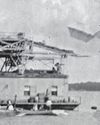
A Helping Hand
May 6, 1896. A group of people who had gathered beside the Potomac River, just south of the U.S. capital, grew quiet. Then, it erupted in cheers as a small, unmanned aircraft took to the skies and flew for more than half a mile. The flight came seven years before the Wright brothers’ first manned, powered flight. The inventor of the aircraft was Dr. Samuel Pierpont Langley.
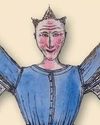
THE IDEA MEN
People dreamed of flying thousands of years before the Wright brothers found success near Kitty Hawk, North Carolina. These dreamers, such as Leonardo da Vinci, studied birds flying and imagined how humans might do the same—if only they had wings. Other men developed a more hands-on approach to the topic. Early inventors made wings of cloth, glue, and feathers and tied these creations to their arms in an attempt to imitate nature.
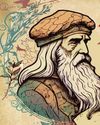
Da Vinci's 4 Designs
Have you ever wondered how a bird flies? Leonardo da Vinci (1452–1519) did. He thought that understanding how a bird flies would provide the key to human flight. So, what did da Vinci learn from birds?
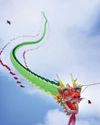
Silken Wings
Seven hundred years before the Wright brothers began experimenting with human flight, the Chinese had already mastered its secrets—with kites.